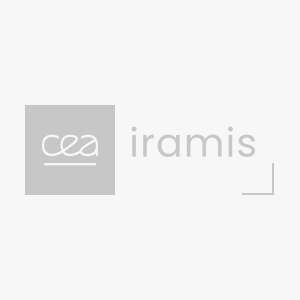A recent trend towards miniaturization in several scientific disciplines has also reached analytical chemistry and spurred the development of miniaturized liquid separation techniques. The advantages to carrying out liquid separations in capillaries with inner diameters of less than 300 µm are obvious: high separation efficiency is combined with low solvent consumption and small sample volumes. The latter is of particular interest in bioanalytical chemistry, where the amount of sample material from a biological tissue or a body fluid is limited. Possible applications in proteomics and metabolomics are, for example, human biopsy extracts, digests of spots from 2D electrophoresis or even compartments of individual cells. The downscaling of liquid chromatography led to the development of capillary and nano HPLC. Capillary electrophoresis (CZE), a technique dedicated to the separation of charged molecules, is becoming more and more popular, and the introduction of capillary electrochromatography combines the features of nano HPLC and capillary electrophoresis. The replacement of the conventional UV detector by a hyphenation of these separation techniques to an ultra sensitive and element specific inductively coupled plasma mass spectrometer detector allows new frontiers to be crossed in elemental speciation and metalloproteomic research [1, 2]. The lecture discusses the current development status of hyphenated techniques based on the combination of capillary / nano HPLC and CZE with ICP-MS for the analysis of metalloproteins. Approaches for interfacing capillary and nano liquid separation techniques with ICP-MS will be presented. The studies discussed for the purpose of illustration concern the analysis of water soluble selenium-containing proteins in selenized yeast, the accurate determination of selenomethionin in human blood serum, and the analysis of selenized calmodulin, a recombined protein. Furthermore a new development will be presented: the combination of on-line isotope dilution with nano HPLC- and CZE – ICP MS coupling systems. This method enables for example the quantification selenopeptides on the low picogram level or the stoichiometric characterization of metal-metallothionein complexes. References: [1] J. Szpunar, R. Lobinski, A. Prange, Appl. Spectrosc. 2003, 57,102A-112A [2] D. Schaumlöffel, Anal. Bioanal. Chem. 2004, 379, 351-354
Lab. Chimie analytique bio-inorganique et environnement




